Licensing and Media Tie-Ins Saved LEGO
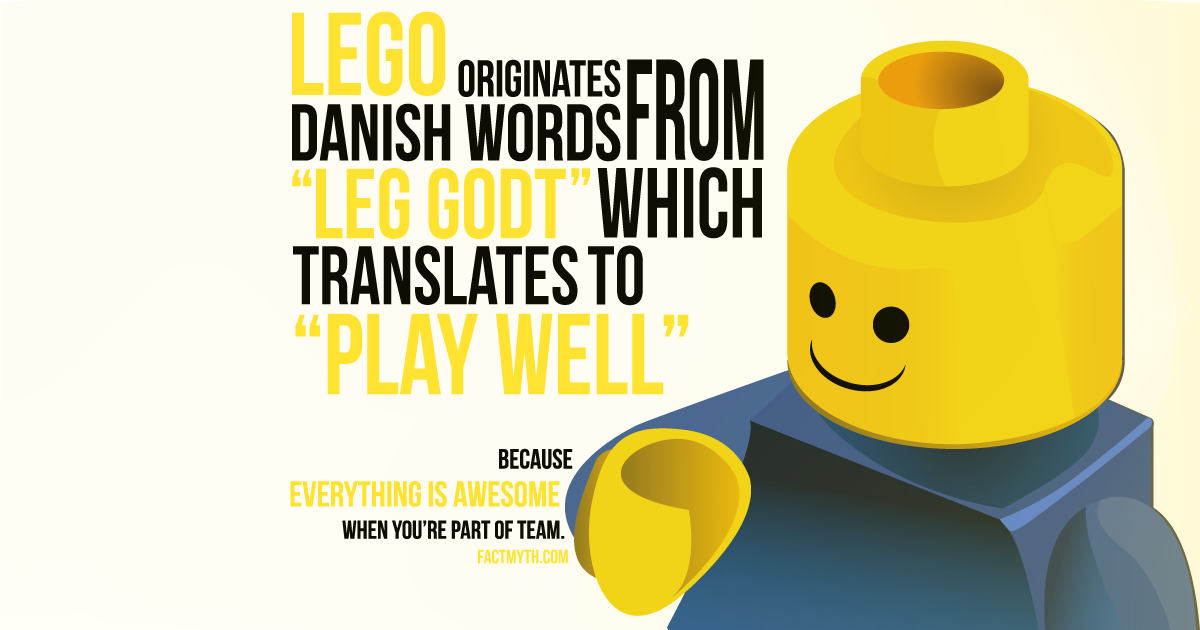
LEGO struggled from 1998 to 2004, nearing bankruptcy, but licensing and media tie-ins helped revitalize the company and the LEGO brand name.
History is the study of the past and how it relates to the human experience.

LEGO struggled from 1998 to 2004, nearing bankruptcy, but licensing and media tie-ins helped revitalize the company and the LEGO brand name.
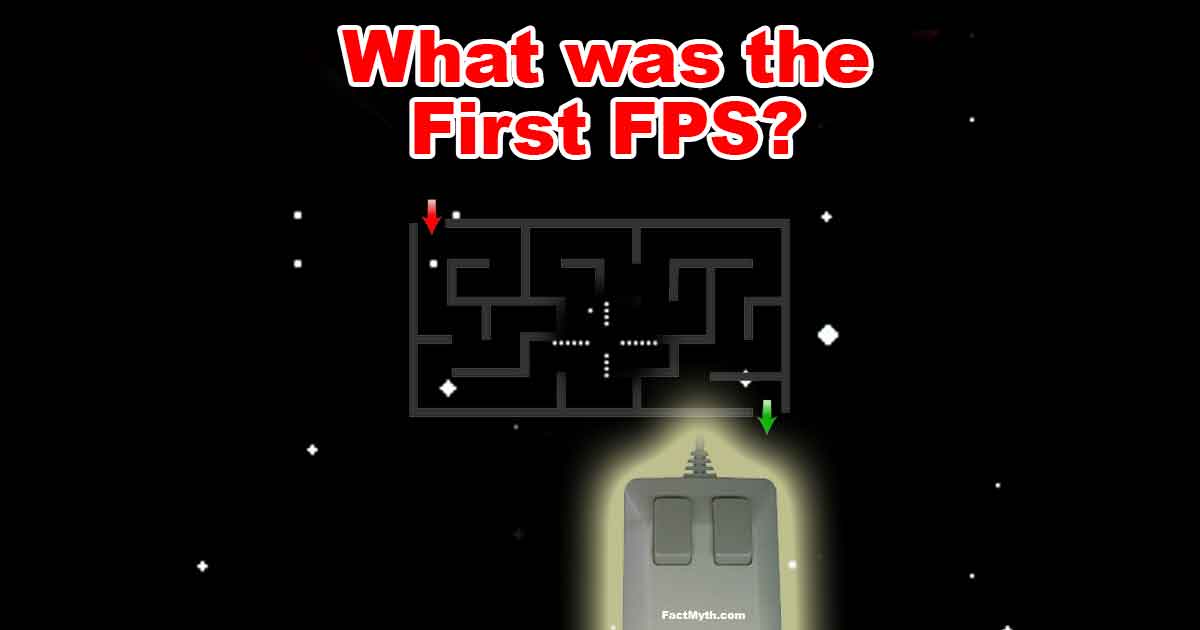
Wolfenstein 3D (1992) popularized the First Person Shooter (FPS) genre, building on mechanics of earlier 3D maze games like Maze War (1974), Spasim (1974), and MIDI Maze (1987).

In 1977 Kenner’s Star Wars toys popularized collectible action figures helping to create a second business for Hollywood and a cult following for Star Wars.

Charles Darrow patented Monopoly in 1935, but he didn’t invent the game. It is a variation of “the Landlord’s Game” patented by Lizzie Magie in 1904.
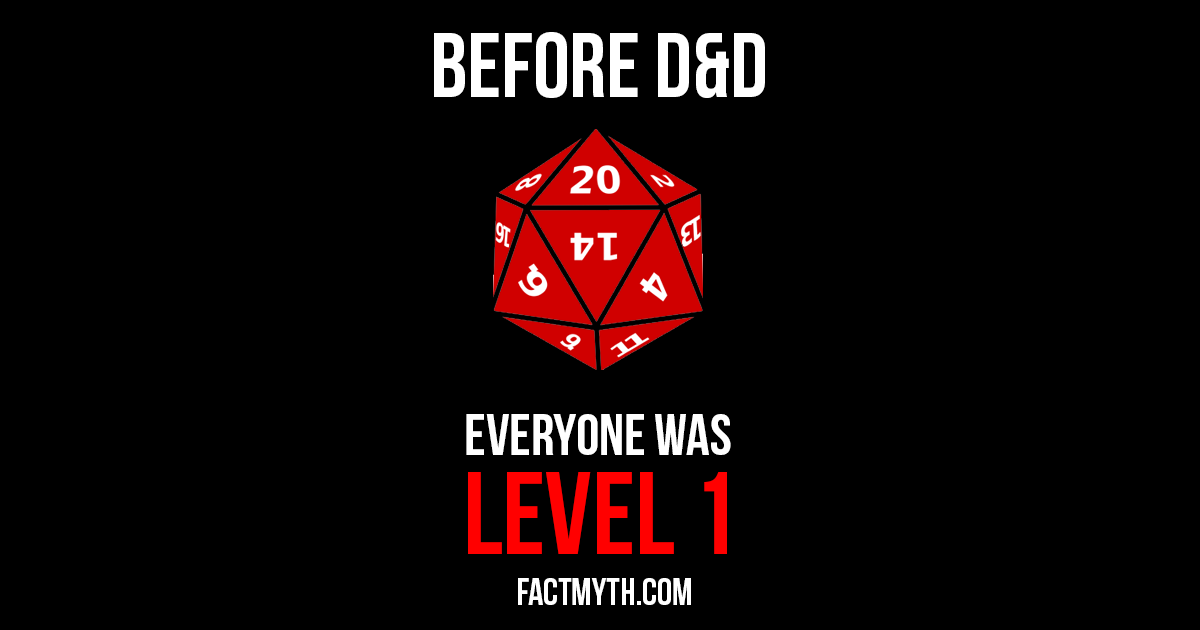
David Arneson invented “the experience points system” and “leveling up” (common features in role playing games) while working on a precursor to Dungeons and Dragons called Blackmoor with Gary Gygax.

The Bible presents two seemingly conflicting stories about the birth of Jesus, but history doesn’t exactly disprove them.

The origin of the modern day circus can be traced back to ancient Roman amphitheaters called “circuses”. The Circus Maximus was one of the first circuses.
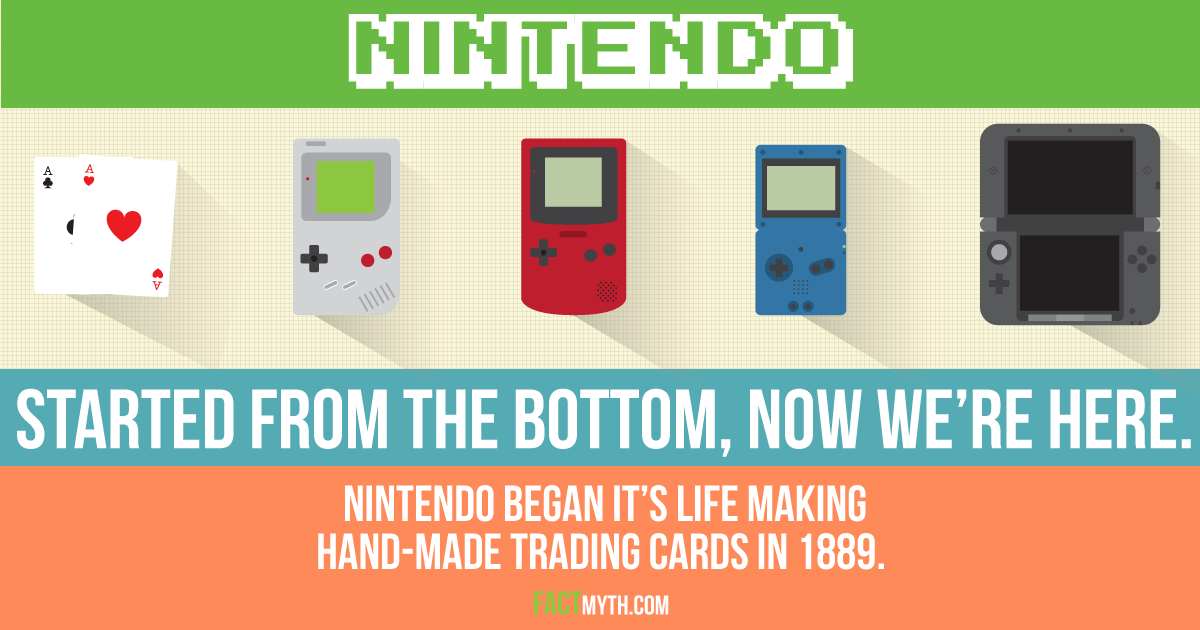
Nintendo was founded in 1889 as a playing card (hanafuda) company, nearly a century before the release of the Nintendo Entertainment System in 1985.

Censuses have been around since ancient Babylon. Historically, a census was a register of people and property used to determine taxes and organize society.
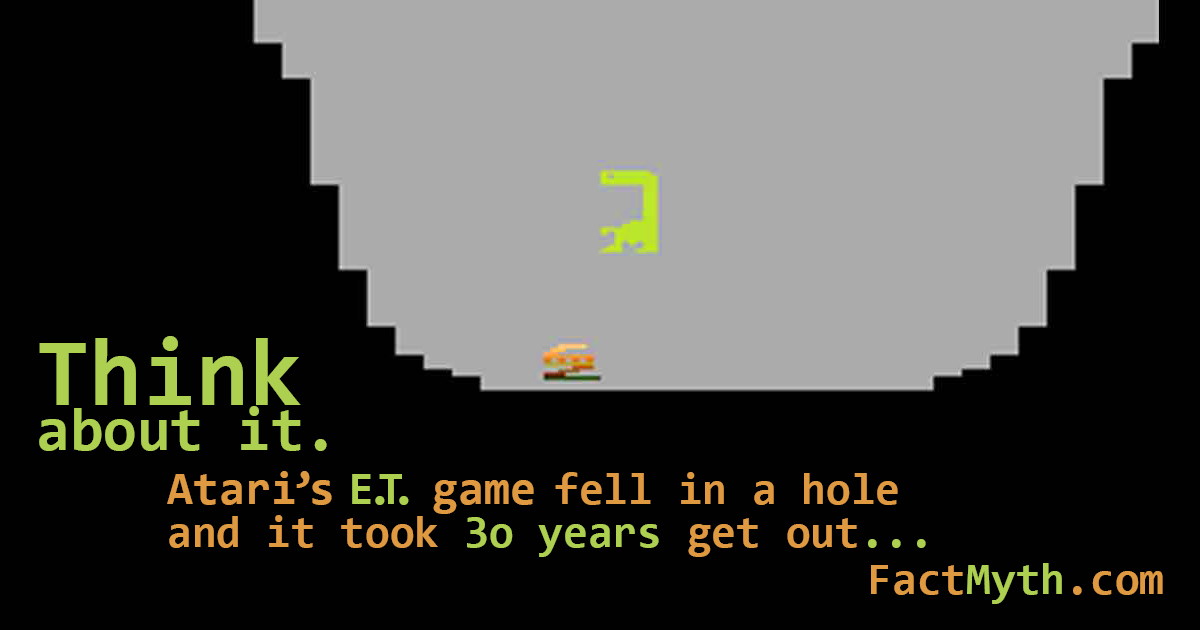
After ‘the North American Video Game Crash of 1983’ unsold copies of Atari’s E.T. were buried in a landfill in a New Mexico desert along with other Atari games.